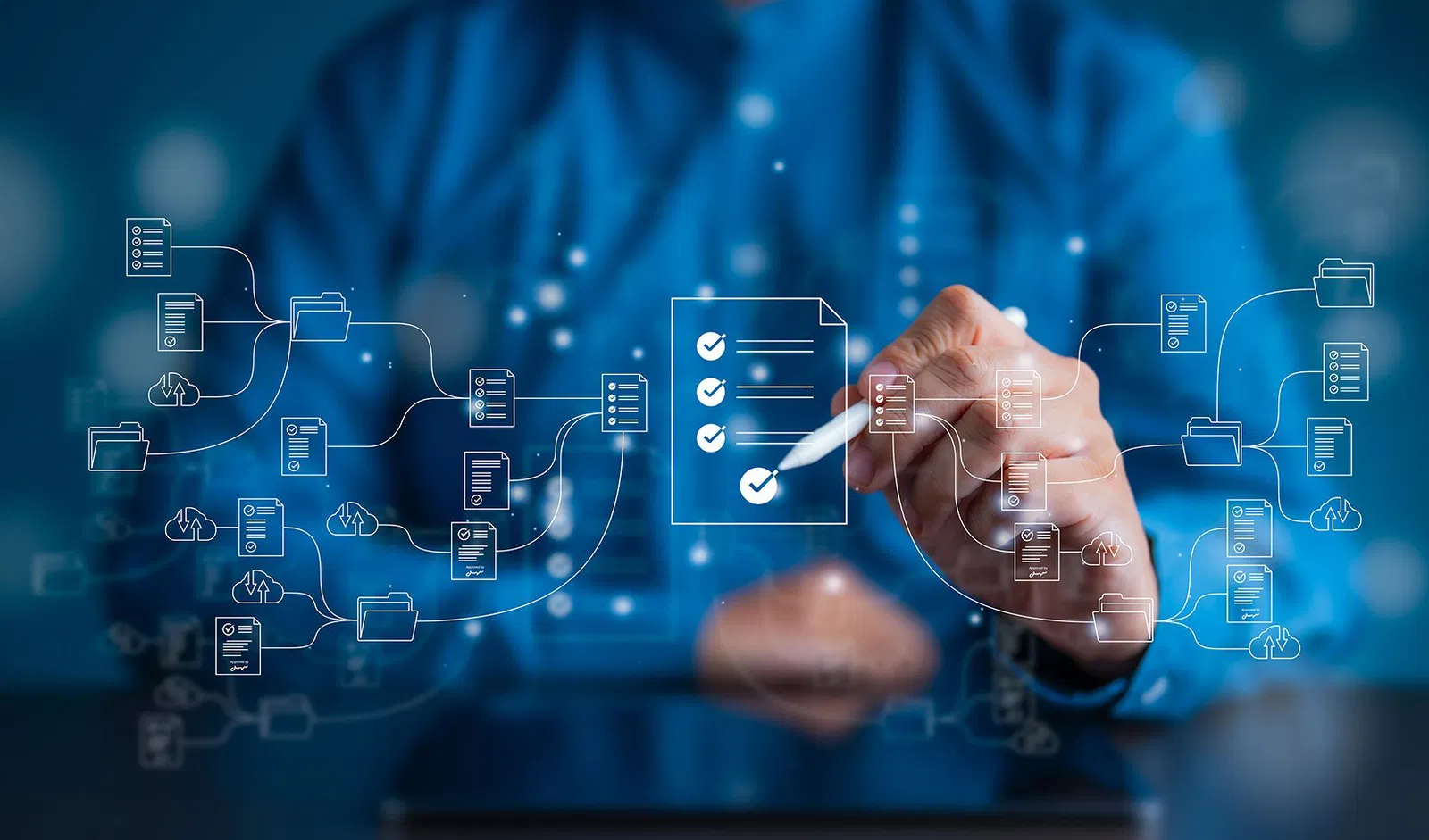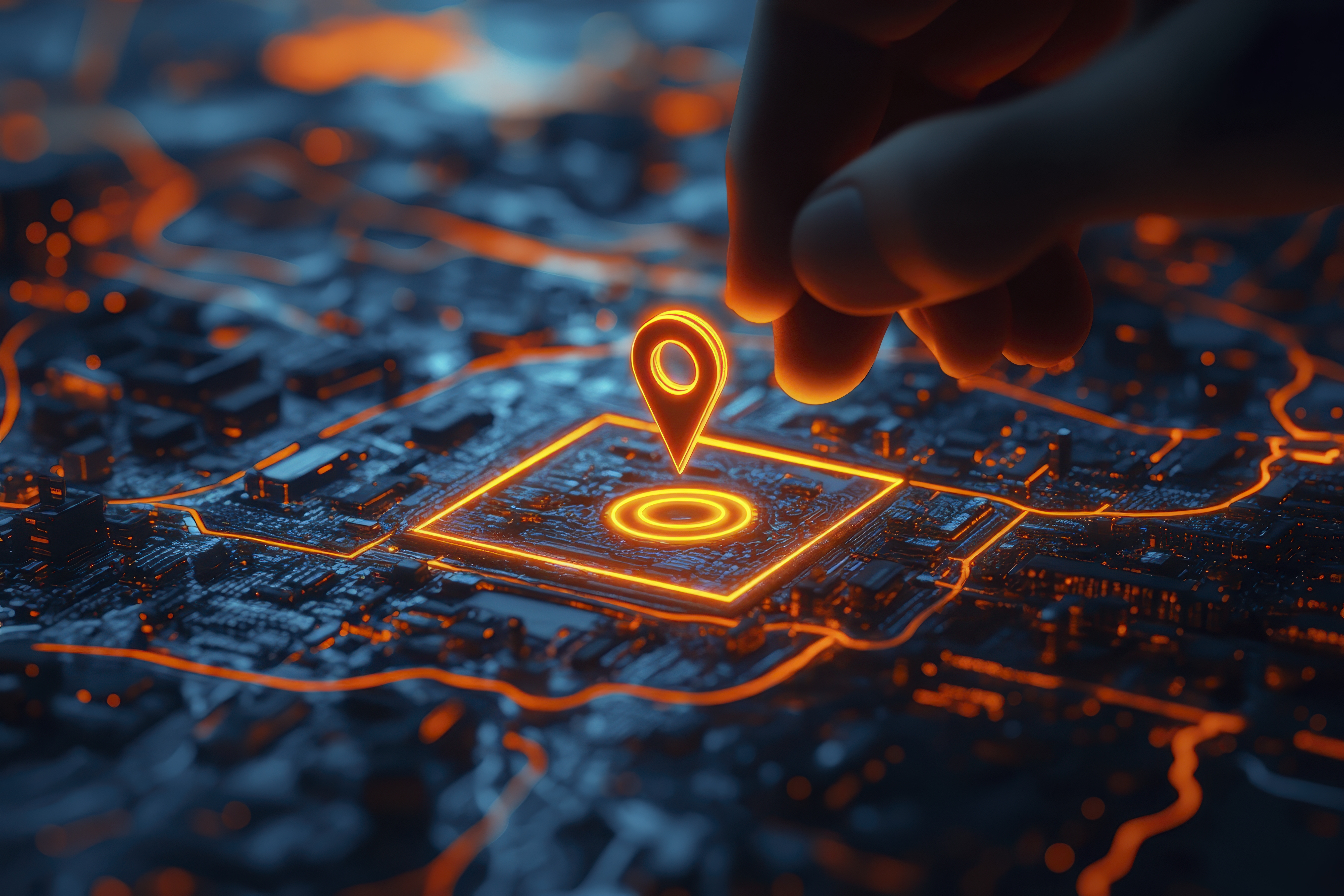Innovative Approaches to Security and Surveillance
Published: Oct 25, 4:40 PM

In today’s rapidly evolving world, security and surveillance have become essential components for maintaining safety across various sectors, including businesses, public spaces, residential areas, and critical infrastructure. The integration of advanced technologies in security systems not only enhances the effectiveness of surveillance but also helps prevent potential threats, protect valuable assets, and ensure peace of mind for individuals and organizations alike.
Key Technologies in Modern Security and Surveillance
-
Artificial Intelligence (AI) and Machine Learning (ML): AI and ML have revolutionized surveillance systems by enabling intelligent video analytics. These technologies can detect unusual activities, recognize faces, and predict security threats in real time. AI-driven algorithms improve over time, allowing for accurate detection and reduced false alarms, ensuring that security teams can respond swiftly to incidents.
-
Facial Recognition Technology: Facial recognition technology has become a critical tool in identifying individuals within seconds. By analyzing facial features, the system can match them against a database of known faces, enabling quick identification for access control, visitor management, and law enforcement. While this technology offers many benefits, it also raises privacy concerns, which must be managed carefully with regulations and transparency.
-
Internet of Things (IoT) and Smart Devices: IoT has enabled a new level of connectivity and automation in surveillance. Smart cameras, motion detectors, and sensors can communicate with each other and with centralized systems, providing a holistic view of security in real time. For instance, IoT devices can trigger alarms, notify authorities, and even lock doors automatically, enhancing the speed and accuracy of response to potential threats.
-
Cloud-Based Surveillance: Cloud technology allows for the storage, processing, and analysis of vast amounts of surveillance data. Cloud-based surveillance systems offer scalability and flexibility, enabling organizations to access their security feeds remotely. Additionally, cloud storage ensures data is securely backed up and available for future analysis, making it an ideal solution for large-scale operations.
-
Thermal Imaging and Night Vision: Traditional cameras are limited by low-light conditions, but thermal imaging and night vision overcome this challenge, allowing for 24/7 surveillance regardless of lighting. Thermal cameras detect heat signatures, making them highly effective for monitoring in dark or obscured environments. These technologies are particularly useful for perimeter security and monitoring critical areas like borders, airports, and industrial sites.
-
Drones and Autonomous Surveillance Systems: Drones equipped with cameras and sensors can cover large areas quickly and are particularly valuable for monitoring hard-to-reach or dangerous locations. Autonomous systems can be programmed to patrol areas, detect movement, and provide real-time video feeds to security teams. Drones are also being used for crowd monitoring, emergency response, and disaster management.
Benefits of Advanced Security and Surveillance Systems
- Real-Time Monitoring and Response: With real-time analytics and remote access, security teams can monitor activities as they happen and respond immediately to potential threats.
- Deterrence and Prevention: Visible surveillance systems and advanced security measures act as a deterrent to criminal activities, reducing the likelihood of incidents.
- Data-Driven Insights: Security systems can collect and analyze data to provide insights into patterns, helping organizations improve their security protocols and strategies.
- Scalability and Flexibility: Modern surveillance systems are scalable, allowing organizations to expand or modify their security measures as their needs evolve.
- Cost Efficiency: While advanced security systems may involve initial investments, they often lead to long-term cost savings by reducing the need for extensive manpower and minimizing losses due to security breaches.
Challenges and Considerations
While advanced security and surveillance technologies offer numerous benefits, they also present challenges. Privacy concerns are at the forefront, as facial recognition and data collection can be perceived as intrusive. It is crucial for organizations to ensure compliance with data protection regulations and implement transparent practices to gain public trust. Additionally, cybersecurity is essential to prevent unauthorized access to surveillance systems, as these can be vulnerable to hacking.
The Future of Security and Surveillance
The future of security and surveillance lies in further integration of AI, IoT, and cloud computing. Emerging technologies like edge computing, which processes data closer to the source, and 5G connectivity, which enables faster data transmission, will continue to enhance surveillance capabilities. As security systems become more intelligent and interconnected, they will not only ensure better protection but also enable proactive measures to prevent incidents before they occur.
In conclusion, advancements in security and surveillance technology are transforming how we protect our spaces and assets. By embracing these innovations and addressing associated challenges, we can create safer, more secure environments that adapt to the demands of our modern world.


